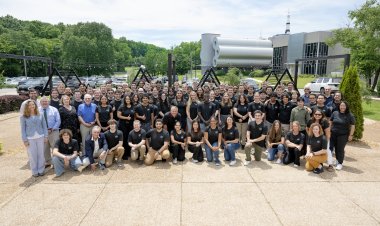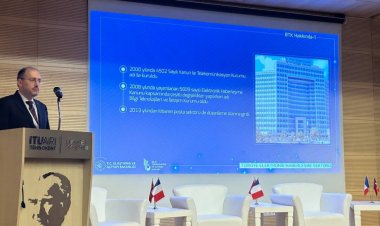Comparative study on use of pervaporation membrane reactor for lauric acid – Methanol esterification
Comparative study on use of pervaporation membrane reactor for lauric acid – Methanol esterification Uğur Nigiz, Filiz n this study, an esterification reaction between lauric acid and methanol was performed in an inert and catalytic pervaporation membrane reactor (PVMR) and the conversion results were compared. Reactions were also per- formed in a batch reactor, demonstrating the advantage of membrane reactors over conventional reactors. Phosphotungstic acid (PTA), a strongly heteropolyacid, was used as a catalyst. An inert and PTA coated polyvinyl alcohol membranes were synthesized for use in the inert and catalytic membrane reactor, respectively. Effects of catalyst concentration (from 1 wt% to 2 wt%), methanol/lauric acid molar ratio (from 2 to 6), and temperature (from 50 ◦C to 65 ◦C) on lauric acid conversion and membrane separation performance were studied. Throughout the study, the effect of membrane separation performance on acid conversion was clearly demonstrated. Under all operating conditions, the acid conversion results obtained in inert and catalytic PVMR were higher than in batch reactors. When the methanol/lauric acid molar ratio was 6, the temperature was 65 ◦C, and the catalyst ratio was 2 wt%, a conversion of 80.7% was obtained in the batch reactor, while 98.9% and 97.5% of conversions were obtained in the inert and catalytic membrane reactor, respectively. Based on these results, it has been relatively demonstrated that inert and catalytic PVMR systems are efficient in producing fatty acid methyl ester.

Comparative study on use of pervaporation membrane reactor for lauric acid – Methanol esterification Uğur Nigiz, Filiz n this study, an esterification reaction between lauric acid and methanol was performed in an inert and catalytic pervaporation membrane reactor (PVMR) and the conversion results were compared. Reactions were also per- formed in a batch reactor, demonstrating the advantage of membrane reactors over conventional reactors. Phosphotungstic acid (PTA), a strongly heteropolyacid, was used as a catalyst. An inert and PTA coated polyvinyl alcohol membranes were synthesized for use in the inert and catalytic membrane reactor, respectively. Effects of catalyst concentration (from 1 wt% to 2 wt%), methanol/lauric acid molar ratio (from 2 to 6), and temperature (from 50 ◦C to 65 ◦C) on lauric acid conversion and membrane separation performance were studied.
Throughout the study, the effect of membrane separation performance on acid conversion was clearly demonstrated. Under all operating conditions, the acid conversion results obtained in inert and catalytic PVMR were higher than in batch reactors. When the methanol/lauric acid molar ratio was 6, the temperature was 65 ◦C, and the catalyst ratio was 2 wt%, a conversion of 80.7% was obtained in the batch reactor, while 98.9% and 97.5% of conversions were obtained in the inert and catalytic membrane reactor, respectively. Based on these results, it has been relatively demonstrated that inert and catalytic PVMR systems are efficient in producing fatty acid methyl ester.

 Bilgi
Bilgi 















